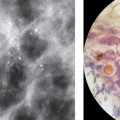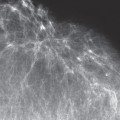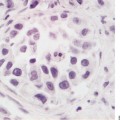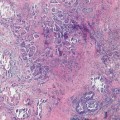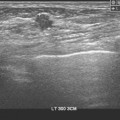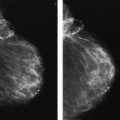Chapter 5 We have classified 871 consecutive cases of 1-14 mm invasive breast cancers into five subgroups according to their mammographic appearance: cases having a stellate or circular tumor without associated calcifications on the mammogram and cases having either casting type, crushed stone-like or powdery calcifications with or without an associated 1-14 mm tumor demonstrable on the mammogram. We have also correlated these mammographic tumor features with long-term outcome. A striking difference has been documented between the surprisingly poor outcome of the subgroup with casting type calcifications and the excellent long-term survival of cases in the four other groups.1–10 Our previous volume Casting Type Calcifications: Sign of a Subtype with Deceptive Features3 described in detail the well-defined subgroup having a surprisingly poor prognosis despite its being currently classified as belonging to the size range of small, 1-14 mm tumors. In reality its long-term outcome is comparable to the outcome of much larger and more advanced cancers (ref. 3, p. 226). The survival curves in advanced cancer cases and also in 1-14 mm cancers associated with casting type calcifications show a poor outcome during the first 10 years of follow-up. A strikingly different case fatalityrate pattern is seen with 1-14 mm cancers associated with the remaining four mammographic tumor featur. The current volume deals with the subgroup characterized by the presence of crushed stone-like calcifications on the mammogram. The long-term outcome of women with 1-14 mm invasive breast cancers associated with crushed stone-like calcifications can be considered excellent. Comparison of the long-term survival curves of cases with casting type calcifications (Fig. 5.1-1
The Prognostic Importance of Mammographic Tumor Features
![]()
Stay updated, free articles. Join our Telegram channel

Full access? Get Clinical Tree


